'What is Cost of Ownership?' Asks One Third of US Drivers While Borrowing to Pay Repairs
According to the American Automobile Association, one third of drivers in the U.S. cannot pay for an unforeseen vehicle repair without going into debt.
AAA says the average trip to the shop will set you back between $500 and $600. So, what does that mean for the 64 million American drivers who can’t afford an unexpected repair bill?
Make sure to factor in all of the costs associated with the vehicle, not just purchase price or monthly payments.
Consumer Reports covers six points to help make a smart buying decision: depreciation, fuel costs, interest, insurance, maintenance, and tax. While maintenance is next to last on that list in terms of actual dollars spent (only 4 percent of total ownership cost over five years), the real danger is a lack of preparation.
Depreciation isn’t an immediate cost, so it’s easy to disregard. Fuel costs are perpetual and planned. Insurance is agreed upon beforehand and can easily be lumped together with the actual payment. Insurance, though it can be pricey, is at least consistent.
The surprise factor inherent to repair costs is what makes it seem like the straw that broke the camel’s back.
According to another study by AAA, $792 per year is the average amount spent on a vehicles maintenance. Some people either choose not to perform regular maintenance, or forget all together, which only raises the price for repairs when something does go wrong.
Since the reason these relatively small figures bring so much misery on auto owners is being unprepared, AAA suggests that saving at least $50 per month will help to cover the cost of regular maintenance and unplanned repairs.
So the next time you buy a car, make sure you can afford all of the costs, not just the payment.
More by Tyler Wooley




















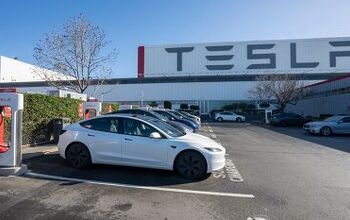
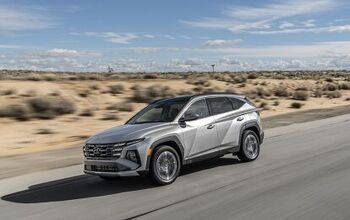

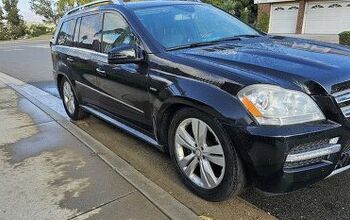
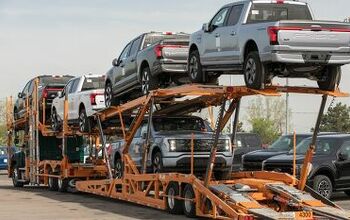
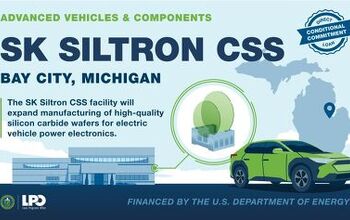
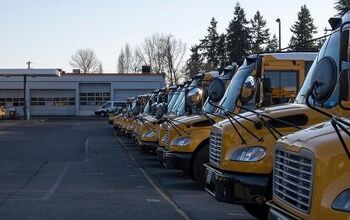
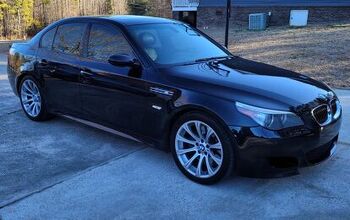

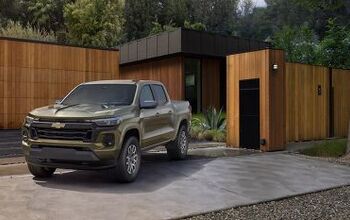
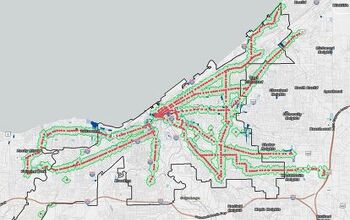
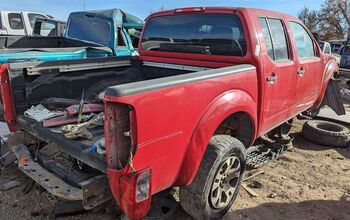
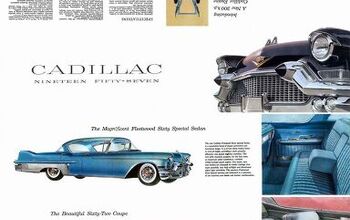

Comments
Join the conversation
I have said it before and I will say it again: people should roll up their sleeves and repair their own cars. It is not sustainable to pay someone else to do it. I just had a stud on my alternator bracket break off because the damn mechanic did not torque the nut correctly. The quote to replace the bracket: $2200-2500. Requires lifting the engine, etc. Well, I rolled up my sleeves and repaired it myself. My cost: $7, including a new belt. I have many examples of this. Professional mechanics don’t do it properly because they are under pressure to make repairs in the least amount of time. The reason for this is because we do not pay them enough to do it. Who does a brake job properly these days? It takes me two hours to bed in the new pads. What mechanic will take the time? What customer will pay for this? What about all the little details of the proper brake job? Replacing one time use lock nuts? Anti-rattle clips? Lubricating the sliding surfaces with caliper grease? You must be dreaming. Nobody pays for that stuff. If you want repairs done the right way, you have to do it yourself.
It doesn't cost me $762/yr to maintain my FERRARI. Who spends almost $800 to maintain a car? I have a Ford F350 6.4L with 190k on it. Never cost me $762/yr to maintain... High Mileage Porsches, Cadillacs, BMWs, as much as I complain how expensive they are to own, never have I paid $762 a year. (I mean I've had single repairs more than 762, but not over time... IE I had a fuel pump repair in the porsche which costs about $750 plus an oil change that was about $70, but then the next year all I had was 2 oil changes for $140), so the per year cost was well under that) And I don't do the repairs myself... I take them to a shop... So how the heck is the avg cost to maintain a vehicle $762/yr? Who did they survey?
It seems like this posting is meant as a direct follow-up to the ongoing discussion we had last week regarding owning/buying versus leasing and the cost of operating an old(er) versus a newer car. Please excuse me for the length of this posting. Let's assume that you are an average working class Joe/Josephine. You have a chance at a new job that is 20 miles from where you live. You do not/cannot wrench yourself and do not know a lot about cars. You have kept out of trouble and have not bad debts but do not have longterm credit history. Using figures from the Toronto area, you can buy a Metropass (if you do not need to get off the TTC or go into other 'zones') for $134 or about $4.40 per day. If you are on a GO route it would cost about $150 or $4.93 per day. 1) You could buy a 'good' used car. You heard that Toyotas are good. In our area you can get an 11 year old Corolla with around 100,000 miles for $5k. Of course at that age it has been exposed to lots of salt. And probably is on its 2nd or 3rd owner and does not have complete service records. And it will not have bluetooth, traction/stability control. And how safe are 10+ year old airbags? But it would be 'certified' and e-tested. However banks will not provide loans for cars of that age. So you need to get financing from another party. Figure with financing, tax, etc 36 payments of $219. Total cost $7,884. As the average person you will take it to a 'Quicky Lube/etc' twice per year for oil changes and fluid checks. Maybe replace some the air filter occasionally and wipers and maybe some bulbs. $600 for 4 years. However a car that age will need its tires replaced during those 4 years. Probably a new battery. Maybe a coolant or tranny oil change. Probably at least a front brake 'job'. But what if something big goes? A tranny, a catalytic converter? You would either have to borrow again to pay for this or sell the car for possibly less than you still owe on it. And maybe 'wreck' your credit. If you have to miss work while you car is not operating or arrive late often enough due to is problems, then you might lose your job. If 'nothing' goes wrong at the end of 4 years you might have saved the $219 payment for 12 months and you have a 15 year old Corolla with 160,000kms and limited maintenance making it worth a negligible amount. 2) Say you are lucky and have saved or been gifted $6,000. You could pay cash for the above vehicle and have about $500 left. It will be lacking the same safety features as the above example. But you save the monthly payments and at the end of the year have $2,628 saved (if you are frugal) for possible repairs. Of course if something goes wrong before you have saved that or if you have spent it elsewhere, then you may have to borrow to repair the car, or sell it for way less than you paid for it and have to start again, without as savings as you previously had. And again your job may depend on your car operating whenever you need it. Or at the end of 4 years you have a 15 year old Corolla with 160,000kms and limited maintenance making it worth a negligible amount. 3) You lease a new vehicle. A lease at $215 per month is readily available with a 60,000 mile limit, which is slightly more than you need. It will have bluetooth, ESC/TC, and other passive safety devices and will probably be more fuel efficient than an older vehicle. Over the course of the lease you should not need to do anymore than the twice yearly oil/fluid changes/checks. You will build your credit history. And if you were in the position of #2 and had $6k saved you could then use that money to get a better place to live, invest, or even buy the leased vehicle at the end of the lease. Cost per mile: #1a with zero repairs/maintenance = 13 cents #1b with $2,300 in repairs & maintenance = 17 cents #2a with zero repairs/maintenance = 8 cents #2b with $2,300 repairs/maintenance = 12 cents #3 with $600 maintenance = 18 cents Since 1a and 2a are impossible scenarios, in return for a guaranteed monthly cost, no downtime and a more efficient and safer vehicle you are paying between 1 and 6 cents more per mile. The cost for #3 is $7.20 per day or about $3 more than you pay for public transport, not including insurance, gas and parking. Please feel free to double check my figures as I did rush through this.
I guess you guys didnt like my post from yesterday here...It seems alot of these are not only worse but just what I was pointing out. ok..i can live with it.